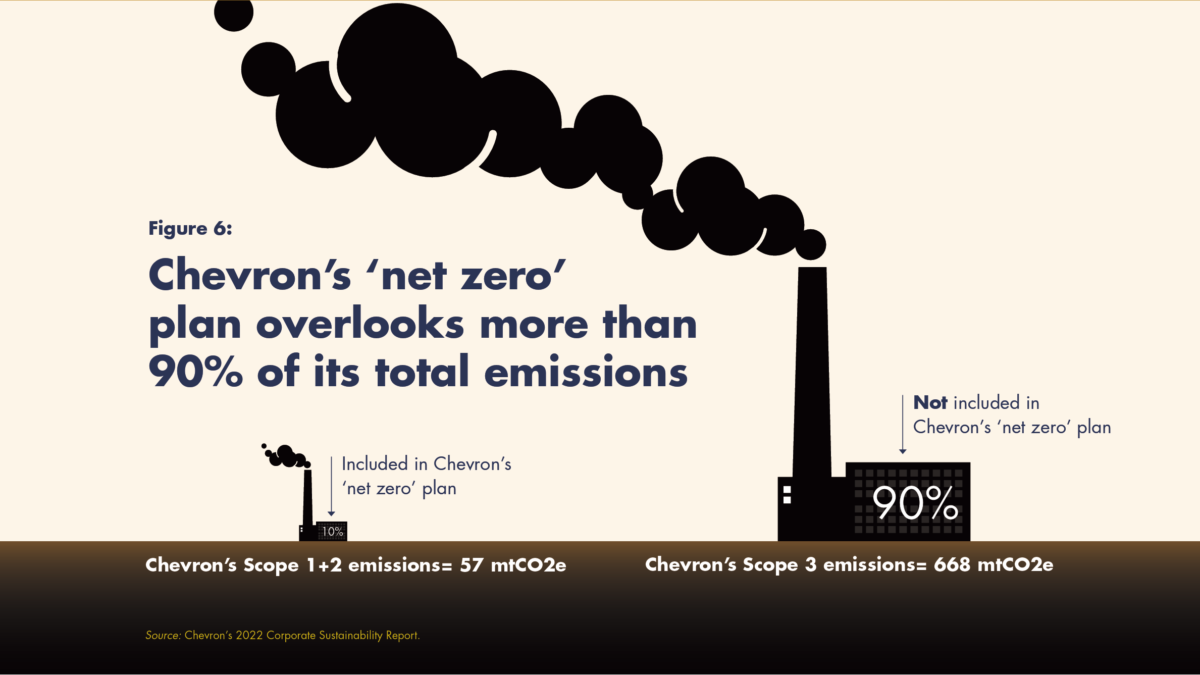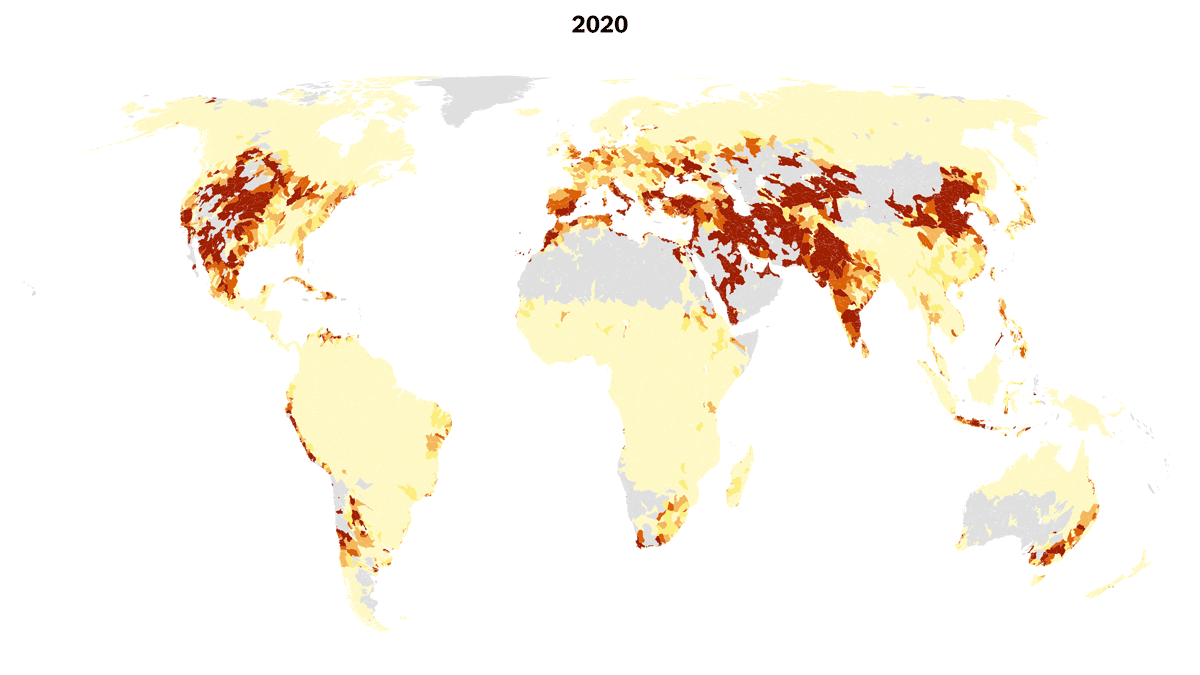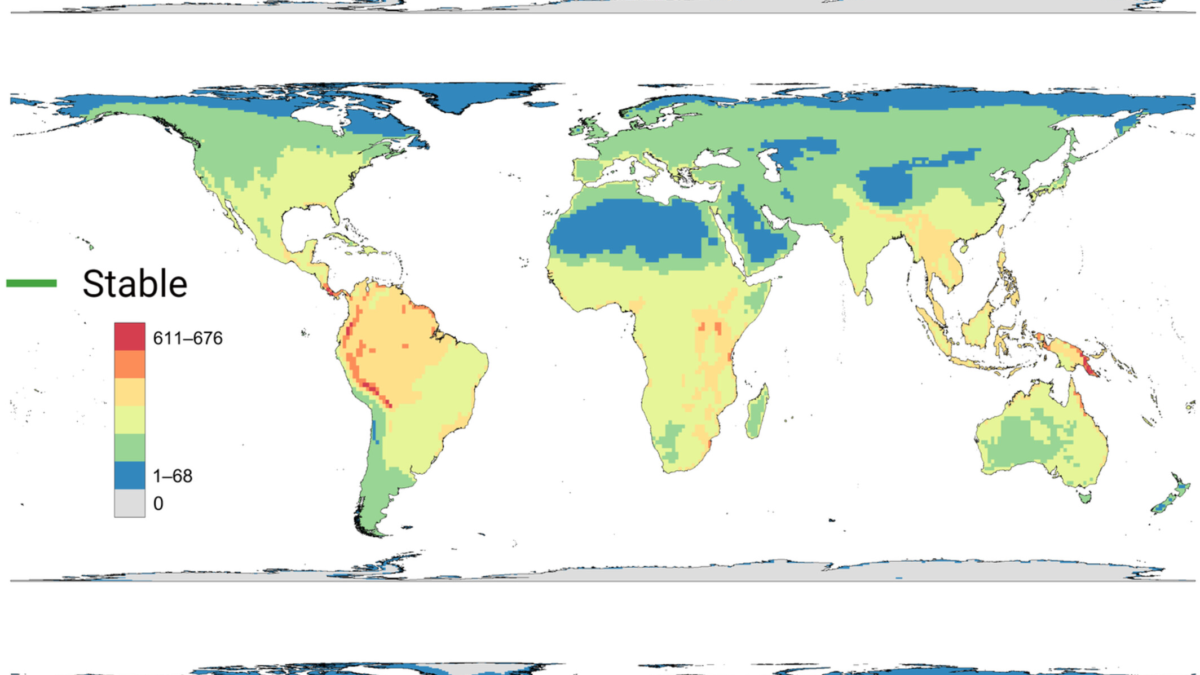Satellites discover huge, undeclared methane emissions – “These are large emissions, and we see a lot of them on the global scale, much more than we had expected”
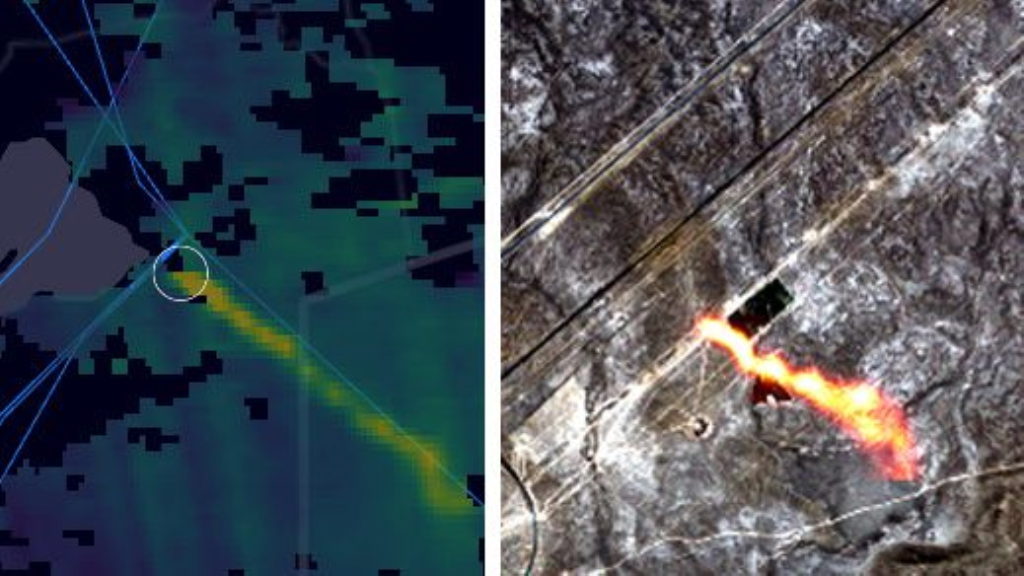
By Tereza Pultarova
16 November 2021
(Space.com) – Huge amounts of uncounted emissions of highly warming greenhouse gas methane are being released by “super-emitters” all over the world, satellite observations reveal.
Scientists have only recently worked out how to detect methane emissions from space, but what they have seen since has taken them by surprise. The greenhouse gas, which is 80 times more potent than carbon dioxide, is leaking from gas pipelines, oil wells, fossil fuel processing plants and landfills all over the world. It is frequently released through negligence and improper operations; the emissions, in many cases, are not accounted for in mandatory greenhouse gas inventories.
“We see quite a lot of those super-emitters,” Ilse Aben, senior scientist at the Netherlands Institute for Space Research (SRON) told Space.com. “These are large emissions, and we see a lot of them on the global scale — much more than we had expected.”
Aben heads a team of experts working with data from an instrument called Tropomi (for TROPOspheric Monitoring Instrument) that flies on the European Sentinel 5P satellite, which is part of the Earth-observing constellation Copernicus. […]
The oil industry’s dirty secrets
The collaboration has proved fruitful. In data gathered over the first two years of Tropomi’s operations, scientists discovered major leaks of methane in the oil and gas fields of Turkmenistan, most of which were completely preventable.
Oil and gas fields must build flare installations that prevent methane from leaking into the atmosphere, and Aben said that these leaks suggest those installations are not being used properly.
“These emissions actually relate to flare installations that are not being flared in the oil and gas industry,” said Aben. “Flaring is meant to get rid of the methane gases by burning them. It would obviously be better to capture the gas, but they are not even burning it. It’s just methane pouring out, and that is not normal operations.”
The Tropomi measurements revealed thousands of kilograms (in some cases even tens of thousands of kilograms) of methane leaking from 29 plants every hour.
And the problem is not limited to Turkmenistan. A separate analysis of Sentinel 5P data released by French analytics company Kayrros in March this year found frequent methane leaks on three major pipelines supplying natural gas from Russia to Europe. Most of these events happened during maintenance work. Surprisingly, Kayrros detected 40% more leaks in the pandemic year 2020 compared to 2019, in spite of the overall reduction in gas imports from Russia to Europe, which was reported by the International Energy Agency.
The U.S. is not blameless either. American scientists, using the Tropomi data, detected huge amounts of methane leaking from abandoned uncapped gas wells in Pennsylvania, and quantified massive leaks from several gas well blowouts that spouted methane for weeks.
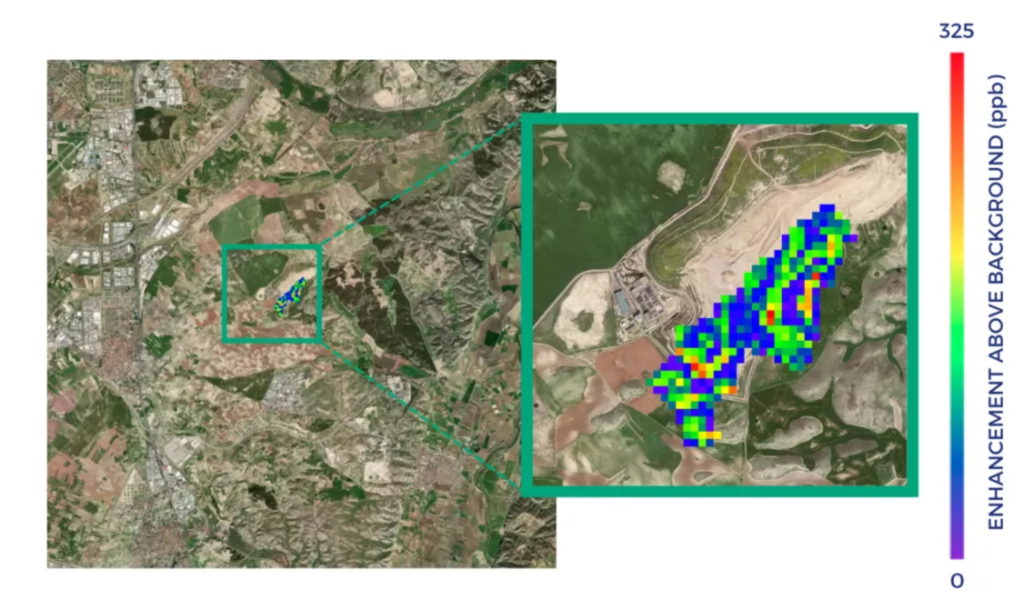
Yasjka Meijer, the mission scientist of Europe’s planned greenhouse gas monitoring mission CO2M, told Space.com that combined, all these leaks might account for much more than the emissions that natural gas companies report. These hidden emissions could, in fact, undermine the effectiveness of the shift away from the burning of coal toward the burning of gas for electricity generation, Meijer said. Many countries rely on gas as a temporary measure to decrease greenhouse gas emissions while developing fully renewable energy resources.
“A lot of oil and gas producers say that their average leakage is about 3 to 4%,” said Meijer. “It turns out to be much more. But burning gas in a power plant outperforms coal in terms of the carbon footprint only if the leakage is not more than about 8%. With the numbers now, we actually have doubts, because it might be perhaps 10 or 15% and then the global climate impact would be much larger.”
But it’s not just the fossil fuel industry that has its dirty emission secrets. Aben said the team was almost shocked at the extent of methane plumes leaking from landfills.
“Before we saw the first one, I had never thought we would be able to see landfill emissions from space,” said Aben. “That certainly gave us a ‘wow’ moment when we saw it for the first time. And now there’s a whole bunch of them that we have detected.” [more]
Satellites discover huge amounts of undeclared methane emissions
